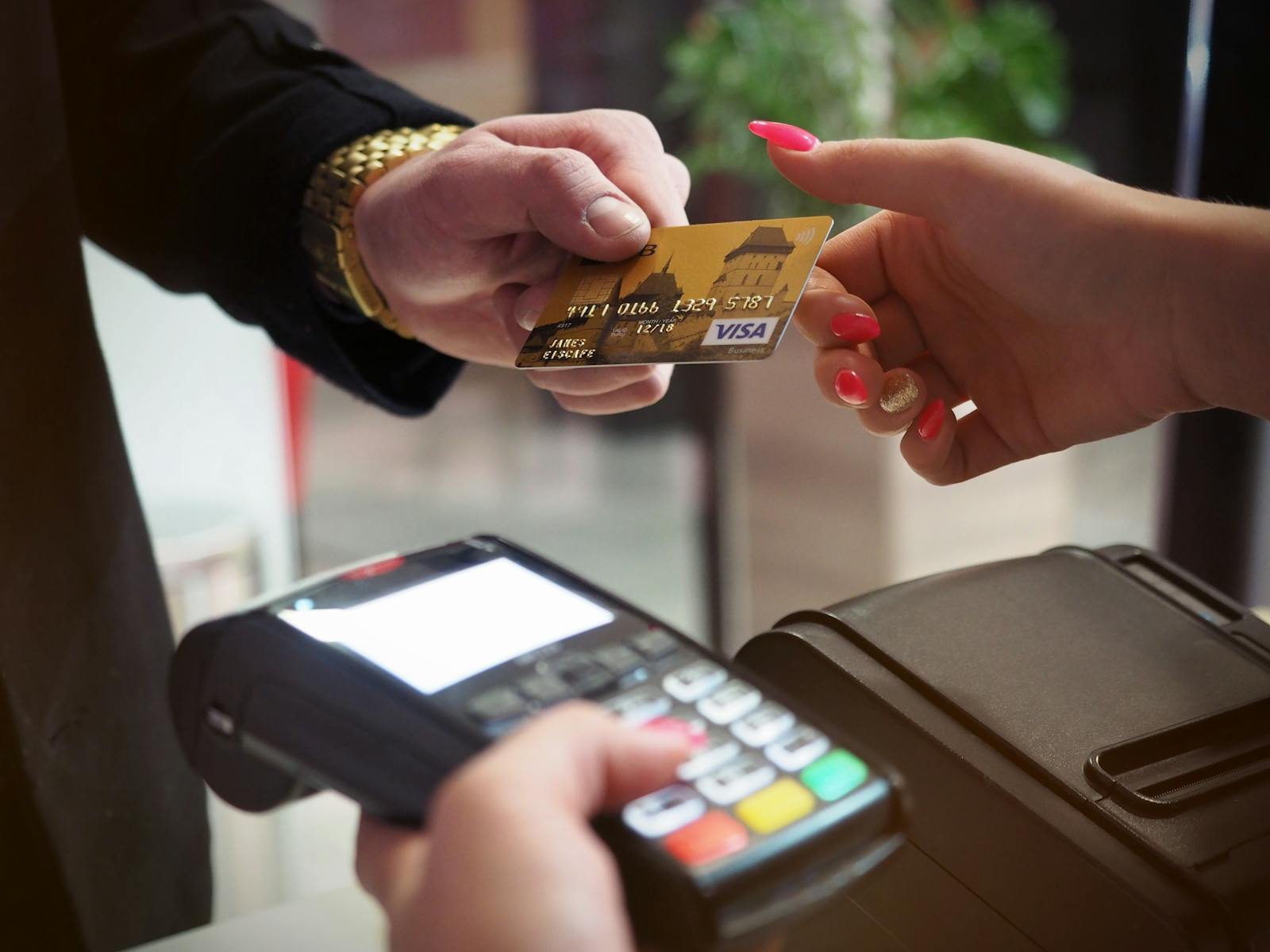In the fast-evolving world of e-commerce and brick-and-mortar retail, payment processing has become a critical aspect for businesses seeking to thrive in competitive markets. As consumers demand seamless transactions, the onus is on businesses to ensure not only efficiency but also robust security measures against escalating cyber threats. With data breaches becoming more commonplace, understanding the intricacies of card payment security is paramount for protecting both customers and the bottom line.
In 2022 alone, cybercrime cost businesses worldwide approximately $6 trillion, according to Cybersecurity Ventures. As card payments continue to dominate consumer spending—accounting for over 60% of all transactions in the United States—businesses must prioritize payment security to safeguard sensitive information. Experts predict that by 2025, total global card payment transactions will exceed $40 trillion, making effective security protocols essential for maintaining consumer trust and adherence to compliance standards.
One major advancement in card payment security is the implementation of EMV (Europay, MasterCard, and Visa) technology, which has significantly reduced card-present fraud. The transition to chip-enabled cards has made it more challenging for fraudsters to replicate card information. “While EMV technology has certainly improved security, it’s crucial for businesses to adopt a multi-faceted approach that includes encryption, tokenization, and continuous monitoring,” emphasizes Sarah Thompson, senior cybersecurity analyst at SecurePay Solutions.
Tokenization, which replaces sensitive card information with unique identifiers, has emerged as a preferred method for businesses looking to enhance their security framework. According to a report by the Payment Card Industry Security Standards Council (PCI SSC), tokenization reduces the risk of sensitive data being compromised during transactions. “By adopting tokenization, businesses can significantly diminish the impact of a potential breach,” states Daniel Reyes, CEO of FinTech Innovations. “Not only does it shield critical data, but it also allows organizations to remain compliant with PCI DSS regulations more easily.”
Moreover, the rise of digital wallets and contactless payments has introduced additional vulnerabilities. While these technologies enhance convenience for consumers, they require businesses to remain vigilant about security practices. The recent surge in contactless payment adoption—projected to reach 50% of all card transactions by 2024—underscores the necessity for fortified safeguards. “The convenience of contactless payments does come with risks. Businesses must educate their staff about potential threats and invest in security training programs,” advises Mary Pritchard, Director of Risk Management at Global Bank Trust.
Despite these challenges, many businesses are finding innovative solutions for enhancing payment security. Machine learning algorithms are being deployed to analyze transaction patterns and detect anomalies in real-time, providing an extra layer of defense. “Artificial intelligence is becoming indispensable for identifying potential fraud before it happens,” explains Jake Anderson, CTO of PaySecure Technologies. “We’re seeing a paradigm shift where businesses leverage AI not just for operational efficiency, but also as a powerful tool for fraud prevention.”

However, a balanced perspective on payment processing security highlights the importance of human oversight. While technology can significantly reduce risks, the human element remains essential in recognizing and responding to evolving threats. “No system is foolproof. It’s critical for businesses to maintain a culture of security awareness amongst their employees,” cautions former FBI cybersecurity expert Rachel Wu. “Regular training and updates can make a substantial difference in how organisations respond to security breaches.”
As businesses navigate the increasingly complex landscape of card payment processing, the dual focus on efficiency and security will determine their success. In light of stringent regulations and the need for consumer confidence, investing in advanced security measures is not merely a safeguard but a competitive necessity.
In conclusion, the challenge of ensuring card payment security is significant, but with the right blend of technology and human vigilance, businesses can protect themselves against cyber threats while providing their customers with the seamless, secure transaction experiences they demand. The evolution of payment processing is here, and proactive adaptation will be key to thriving in this dynamic environment.
.





